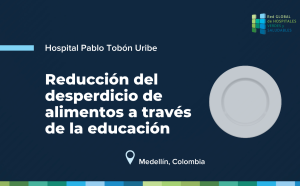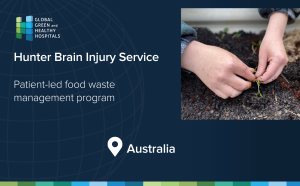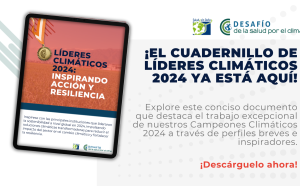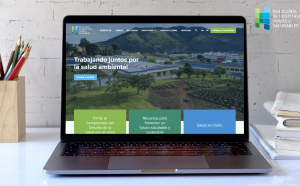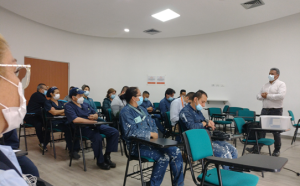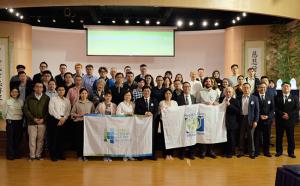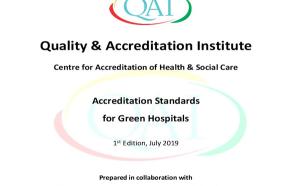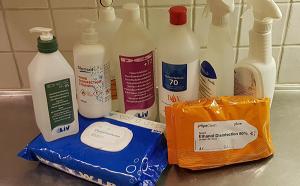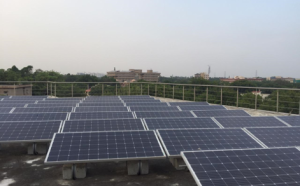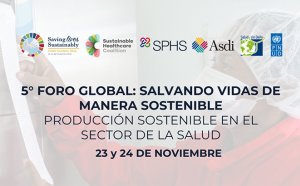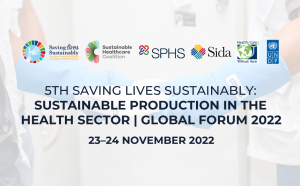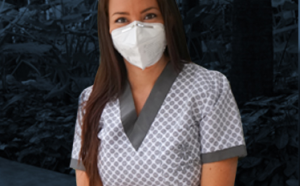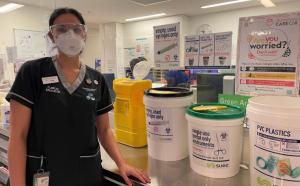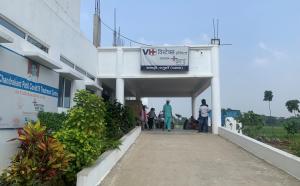The hospital started to work on sustainable procurement in 2018. After identifying and gathering sustainability criteria based on the Health Care Without Harm’s Sustainable Procurement Guide, in 2020 the institution formalized and documented its sustainable procurement process.
This process focuses on identifying the supplies and services required by the Hospital, defining the selection variables, and classifying those supplies and services for prioritization purposes.
The selection variables for determining the supplies and services’ priority level are expenditure/entity’s total budget ratio; purchase volume; greatest environmental, social, or reputational impact; ability to respond to demand; and green-markets participation potential. As a result of this process, supplies, and services are classified into three priority categories: high, medium, or low, which indicate the need to substitute the supply or service in the short, medium, or long term, respectively.
Interested in learning more? Here you can find the case study
About SHiPP
The Sustainable Health in Procurement Project (SHiPP) was a four-year program developed by the United Nations Development Programme (UNDP) in collaboration with Health Care Without Harm and funded by the Swedish International Development and Cooperation Agency (SIDA) that aimed to reduce the harm to people and the environment caused by the manufacture, use, and disposal of medical products and by the implementation of health programs.
With an expansive and diverse network of over 1,700 members in more than 80 countries, GGHH was a key vehicle to engage the health sector around the globe on sustainable procurement through the Sustainable Health in Procurement Project (SHiPP).
Julio 23, 2025
Mayo 19, 2025
Marzo 10, 2025
Febrero 06, 2025
Julio 30, 2024
Junio 27, 2024
Mayo 28, 2024
Febrero 21, 2024
Octubre 04, 2023
Septiembre 20, 2023
Septiembre 06, 2023
Agosto 30, 2023
Agosto 23, 2023
Agosto 23, 2023
Agosto 09, 2023
Julio 26, 2023
Junio 28, 2023
Junio 21, 2023
Junio 14, 2023
Mayo 31, 2023
Mayo 17, 2023
Mayo 03, 2023
Marzo 08, 2023
Febrero 23, 2023
Febrero 14, 2023
Febrero 01, 2023
Enero 18, 2023
Enero 05, 2023
Diciembre 13, 2022
Noviembre 30, 2022
Noviembre 17, 2022
Noviembre 17, 2022
Noviembre 16, 2022
Octubre 19, 2022
Octubre 05, 2022
Septiembre 29, 2022
Septiembre 28, 2022
Agosto 10, 2022
Mayo 31, 2022
Abril 11, 2022
Enero 13, 2022
Enero 06, 2022
Noviembre 09, 2020
Octubre 21, 2020

